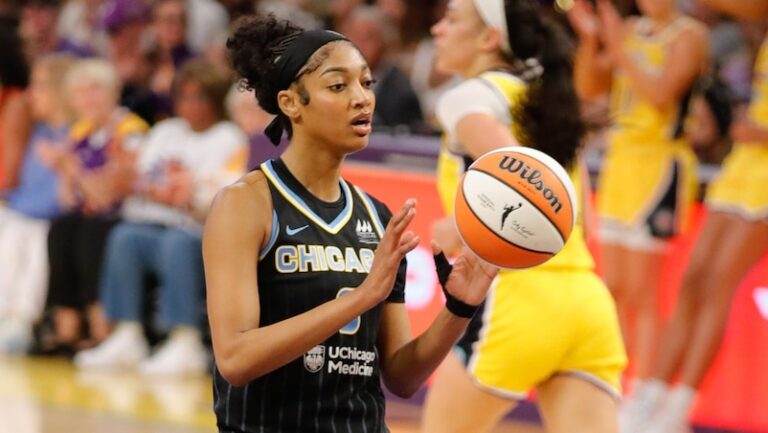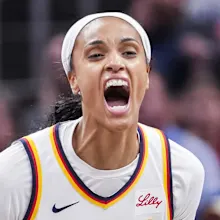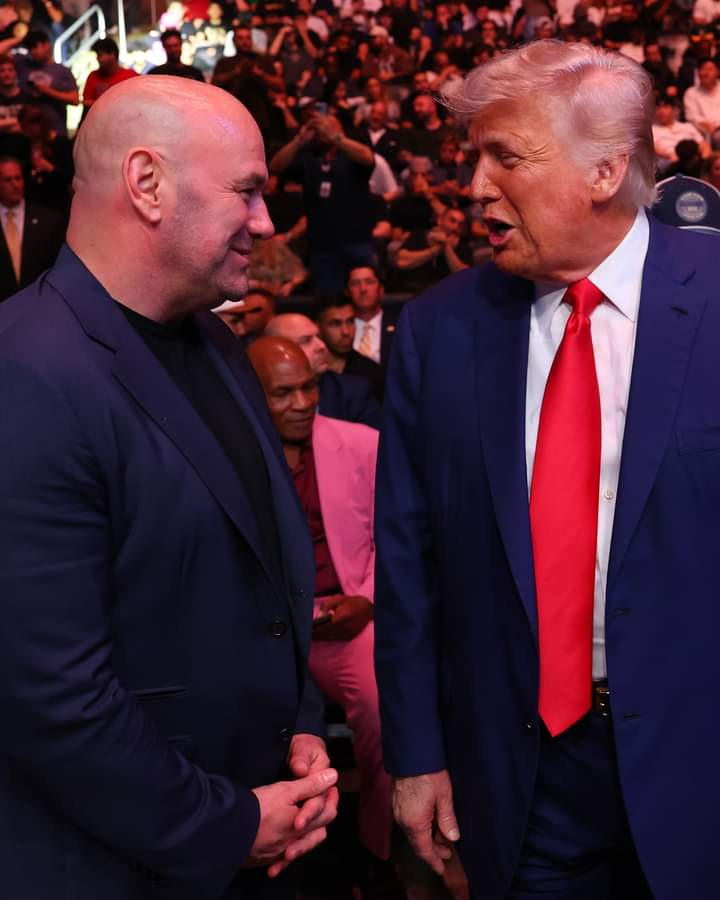As debates over pay disparities in professional sports intensify, WNBA star Angel Reese has emerged as a vocal advocate for salary equity, urging the league to align its compensation with the NBA’s lucrative standards. Her bold stance has reignited conversations about systemic gaps in revenue allocation, sponsorship opportunities, and media visibility between men’s and women’s basketball. While critics argue that market forces dictate earnings, Reese counters by highlighting the WNBA’s growing influence—evidenced by record-breaking viewership and sold-out arenas—as proof of its untapped commercial potential. Her advocacy transcends individual gain, framing equal pay as a matter of respect for athletes who dedicate equal effort to their craft.
The financial chasm between the leagues is stark: The average NBA salary hovers around $10 million annually, while WNBA players earn roughly $130,000 on average, despite comparable training regimens and game schedules. Reese emphasizes that this gap isn’t reflective of talent or dedication but stems from decades of underinvestment in women’s sports. She points to the WNBA’s recent milestones—such as its $75 million media rights deal and rising merchandise sales—as indicators of progress, yet stresses that revenue distribution remains disproportionately low. “We’re drawing crowds, breaking records, and still being told we don’t ‘generate enough’ to deserve fair pay,” she remarked in a recent interview. “That narrative needs to change.”
Opponents of salary parity often cite the NBA’s larger global audience and higher advertising revenue as justification for the pay divide. However, Reese and supporters argue this perspective overlooks historical context. The NBA, established in 1946, benefited from decades of corporate backing and media exposure long before the WNBA’s 1997 debut. Equalizing opportunities, they contend, requires proactive investment—not passive comparisons. Reese has also highlighted disparities in travel conditions, marketing budgets, and arena facilities, arguing that unequal resources perpetuate the cycle of underperformance. “How can we compete on the same stage when we’re not given the same tools?” she questioned during a panel discussion.
Beyond salaries, Reese’s campaign underscores broader issues of gender equity in sports. She advocates for increased corporate sponsorships tailored to women athletes, expanded media coverage beyond marquee events like the playoffs, and policies that support players during maternity leave or off-season training. Her message resonates with a younger, socially conscious fanbase that increasingly demands accountability from leagues and advertisers. Social media campaigns like #PayHer and viral TikTok analyses of WNBA contract details have amplified the cause, illustrating public appetite for change. “This isn’t just about basketball,” Reese noted. “It’s about setting a precedent for how society values women’s contributions in every field.”
While the path to pay parity remains fraught with logistical and economic challenges, Reese’s outspokenness has undeniably shifted the conversation. League officials recently announced plans to explore revenue-sharing models and enhanced partnership opportunities, signaling responsiveness to player demands. Yet for Reese, incremental adjustments aren’t enough. She envisions a future where WNBA stars are household names, their jerseys as ubiquitous as NBA icons’, and their paychecks reflecting their cultural impact. As debates rage on, one thing is clear: The call for equity isn’t fading—it’s rallying a new generation to demand fairness, both on and off the court.



